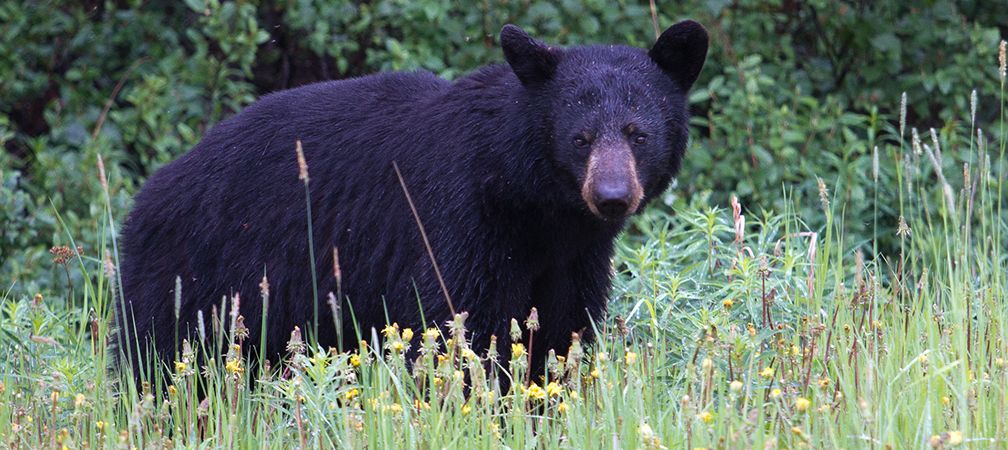Ontario Nature Blog
Receive email alerts about breaking conservation
and environmental news.
© Lora Denis
© Missy Mandel
When I’ve gone camping in Ontario, the park office invariably has a sign outside warning park visitors of recent bear sightings. When I see these signs, I always think “alright, I didn’t see one last time, so I’ll probably get to finally see a bear this weekend…”
My predictions haven’t materialized yet, but I keep hoping the day will come. But, a part of me wishes to never see a bear. And not because I fear for my safety, but because I fear for the bear’s welfare. The less encounters wildlife and humans experience, the greater the chance that our wild neighbours will live a peaceful life.
Black bears inhabit forested areas that are suitable for their dens and away from predators. During the summer, they feed primarily on berries, fish, insects and dead animals, but they are opportunistic omnivores, meaning they will eat pretty much whatever is available.
Black bears are usually shy and will run away from humans. They evolved to coexist and survive from larger predators, so fighting is their last resort. But when they become habituated to people and lose their fear of us, the situation changes – their life is at stake. For instance, in 2016 the provincial government expanded the spring bear hunt after an alleged spike in human-bear encounters. Similarly, earlier this summer, three black bear cubs were left orphaned in Manitoba after their mom was killed because it kept feeding from a bird feeder, and another black bear was killed in British Columbia by conservation officers because it became a safety concern after people kept leaving food outside to take videos.

When entering “bear country”, it’s important to keep in mind that you are visiting their home. Human development has encroached on wildlife habitats. So, when hiking or camping in places where black bears live, the least we can do is learn about them in advance and be aware of what to do if we see one.
Black bear attacks are highly unusual. When a bear stands on its hint legs, it is just trying to get a better look at you, and it’s not considered a sign of aggressive behaviour. A defensive black bear that feels threatened, however, will salivate and exhale loudly, will make eye contact while lowering its head with its ears back, and will hit the ground sharply with its paws. These warnings are to let you know that you should back off. A predatory bear will approach you silently and ignore your attempts to deter it.
If you see a bear, these are some of the do’s and don’ts to keep in mind:
Bears have an acute sense of smell and are easily attracted to human food and garbage. If you are outdoors hiking or camping, take the following precautions to avoid bear encounters:
Visit ontario.ca/bearwise to learn more about what else you can do to protect yourself (and bears) if you encounter each other.
Consider sharing this information with your friends and family. Bears have been victims of misinformation for too long, let’s spread awareness about the importance of respecting this beautiful species while staying safe if we are lucky enough to come across one.

Gananoque Lake Nature Reserve © Smera Sukumar